BASF in Greater China 2023
BASF in Greater China 2023
BASF publishes its integrated annual report in Greater China for 16 consecutive years. In 2023, BASF posted sales of approximately €9.4 billion to customers in Greater China. BASF further expanded local production capacity, enhanced R&D capabilities, provided sustainable development solutions for customers in multiple industries, and continued to contribute to economic, environmental, and social achievements in Greater China.

Discover our stories
BASF at Greater China at a glance
BASF currently operates 27 major wholly-owned subsidiaries, 11 major joint ventures, and maintains 25 sales offices in Greater China. BASF’s business in Greater China includes Petrochemicals, Intermediates, Performance Materials, Monomers, Dispersions & Resins, Performance Chemicals, Catalysts, Coatings, Care Chemicals, Nutrition & Health, and Agricultural Solutions.
All Downloads

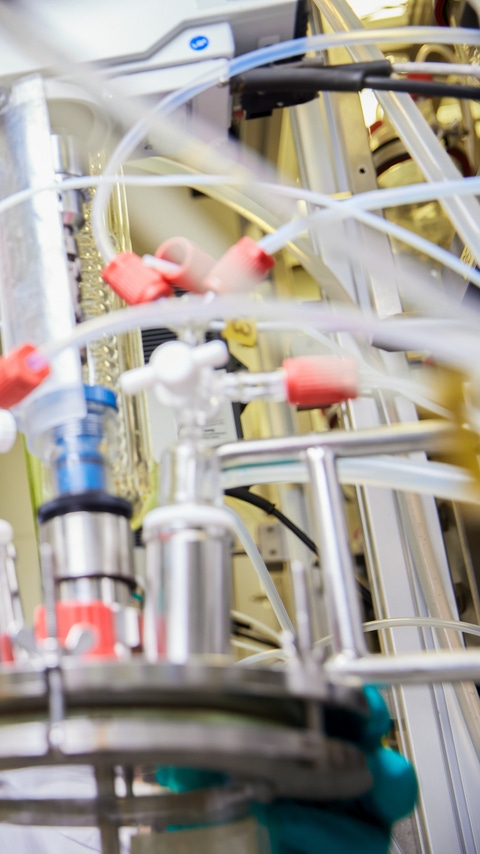
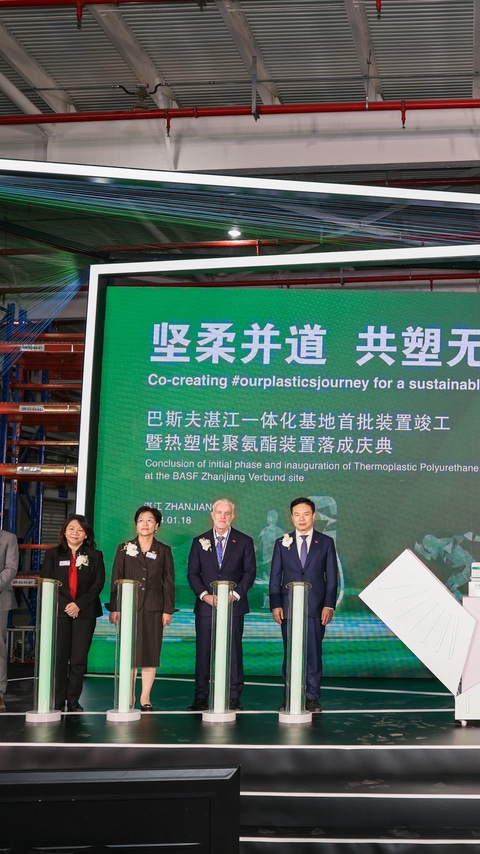%20plant%20at%20the%20Zhanjiang%20Verbund%20site.%20.jpg)
![Steam cracker II, the largest individual plant at BASF's Ludwigshafen site, covers a surface area of about 64,000 square meters, which is about the size of 13 soccer fields. The steam cracker is also the heart of BASF's Verbund production strategy. This giant plant has been operating since 1981 and uses steam to crack naphtha at about 850°C [1,562°F]. This process leads primarily to ethylene and propylene, both indispensable feedstocks for manufacturing numerous products in Ludwigshafen. Steam cracker II, the largest individual plant at BASF's Ludwigshafen site, covers a surface area of about 64,000 square meters, which is about the size of 13 soccer fields. The steam cracker is also the heart of BASF's Verbund production strategy. This giant plant has been operating since 1981 and uses steam to crack naphtha at about 850°C [1,562°F]. This process leads primarily to ethylene and propylene, both indispensable feedstocks for manufacturing numerous products in Ludwigshafen.](/api/imaging/focalarea/9x16/480x/dam/jcr%3A3e21294a-f663-3db3-9f41-686056b51abd/1.4.jpg)

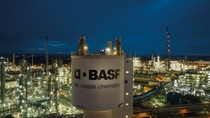
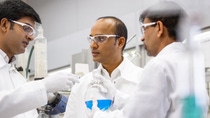

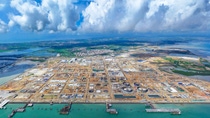




.jpg)
.png)




